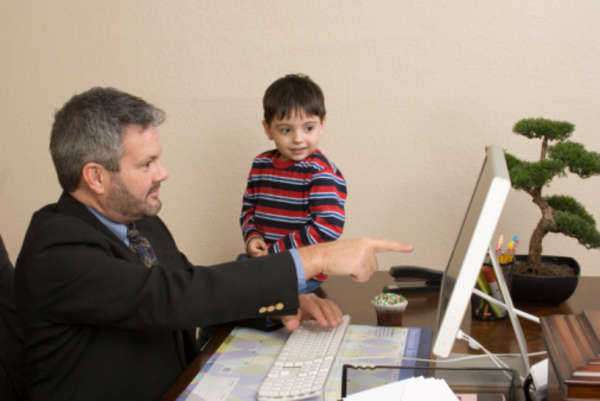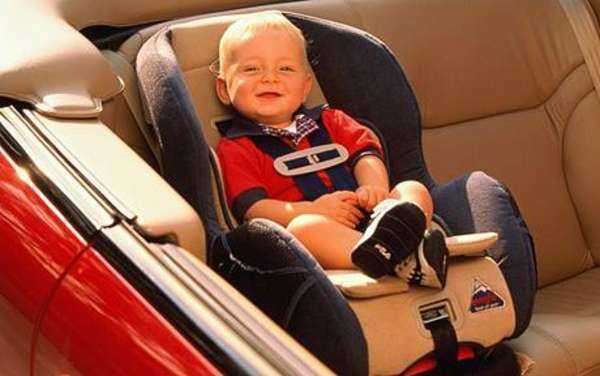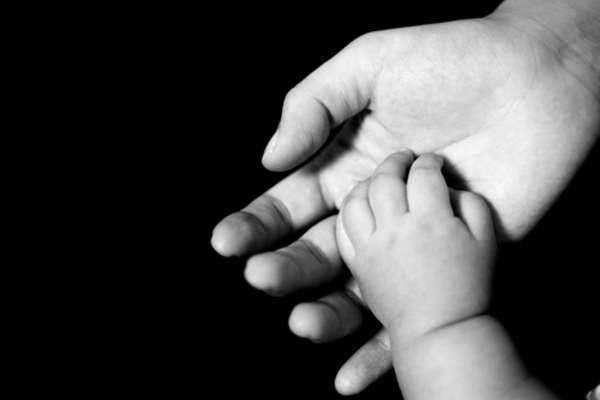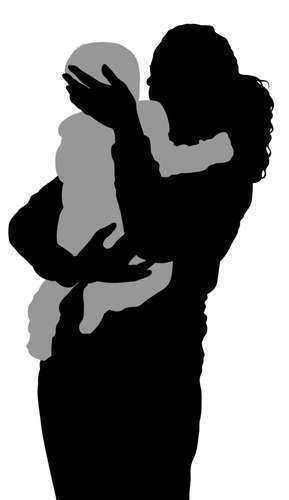
In instances where biological parents are unable to take care of their children based on substance abuse, absenteeism, or some other limiting factor, kinship adoption, also known as familial or family adoption, is a natural alternative sought out by relatives of disaffected children and public adoption agencies alike. Indeed, the reasons for domestic kinship adoption are numerous.
One of the more common justifications is that family adoption is a means of preservation of family, even if it does not involve immediate birth parents. If nothing else, family ties to children in some form are maintained, and perhaps better yet, this keeps them out of the child welfare system.
In addition, for more capable relatives, kinship adoption presents the opportunity for children to start fresh in a presumably safe environment where they are likewise legally and financially protected. With just these few considerations, it is thus considerably easy to understand why family adoption is so prevalent in the United States today.
Some statistical notes:
It should be emphasized that not all instances of kinship adoption are subsequent to a child previously living with one or more parents. Especially when a child is conceived out of wedlock and a birth mother decides to give up her rights to custody upon birth, a family member may intervene to provide the child with a home. According to the most recent statistics published by the U.S. Department of Health and Human Services, out of all cases of family adoption since 2002, less than three-quarters of children had ever lived with their birth family.
Nonetheless, the rate of kinship adoption in the United States following a child’s life with one or more birth parents, even for a short time, is still high compared to that of non-relative adoptions on the domestic level. While percentages of family adoption across State and even international lines in this category consistently rank in the seventies, only about one-third of all non-relative adoptive families can claim their child once lived with his or her biological parents, and this plummets to one-sixth for non-relatives who adopt.
Out of all domestic adoptions, though, family adoption is still quite prevalent, especially in private adoptions. Whether through an agency, attorney or other agreement, over 40% of children adopted over the past decade or so have been adopted by relatives.
Many times, kinship adoption transpires with amicable intent to adopt from the relative who takes a child into his or her home. Nonetheless, it is not unrealistic that some biological relatives will raise children out of pity or guilt. In such a scenario, it is important for adoptive parents to try as hard as possible to not communicate this much to their adoptees, lest the children react adversely to such an attitude.













